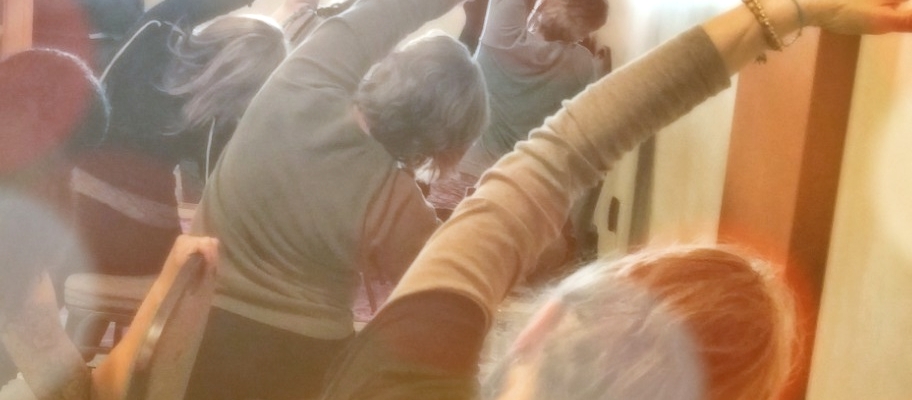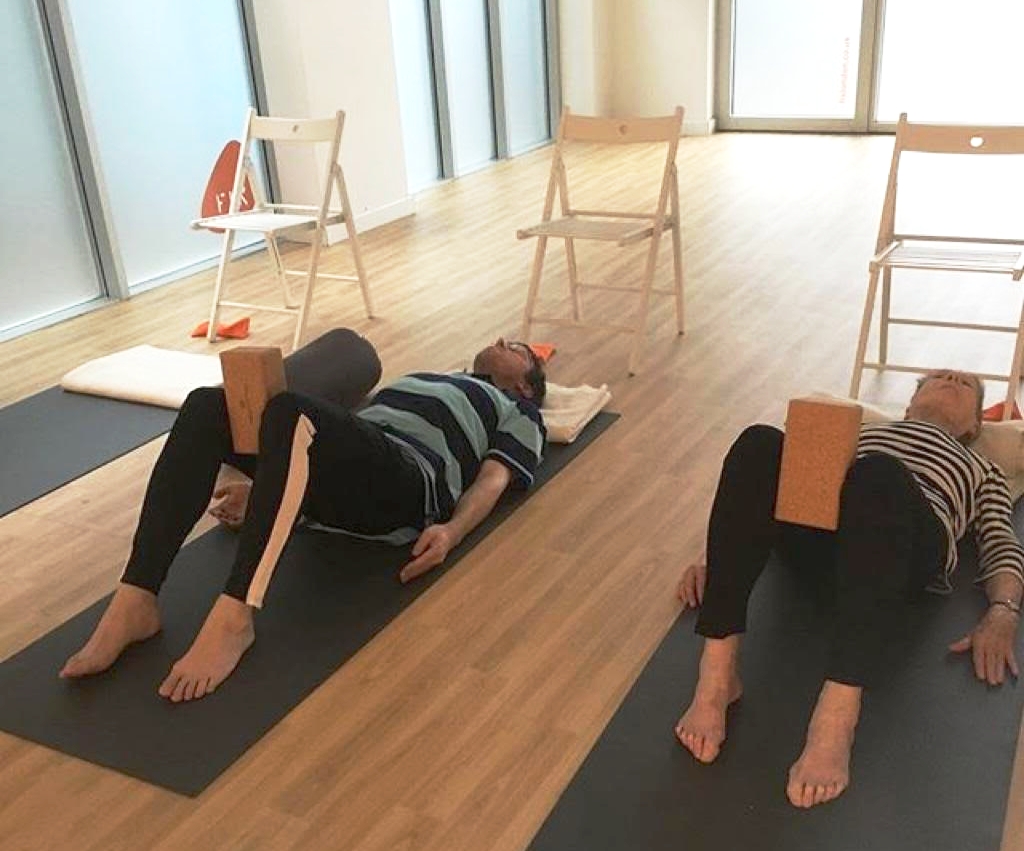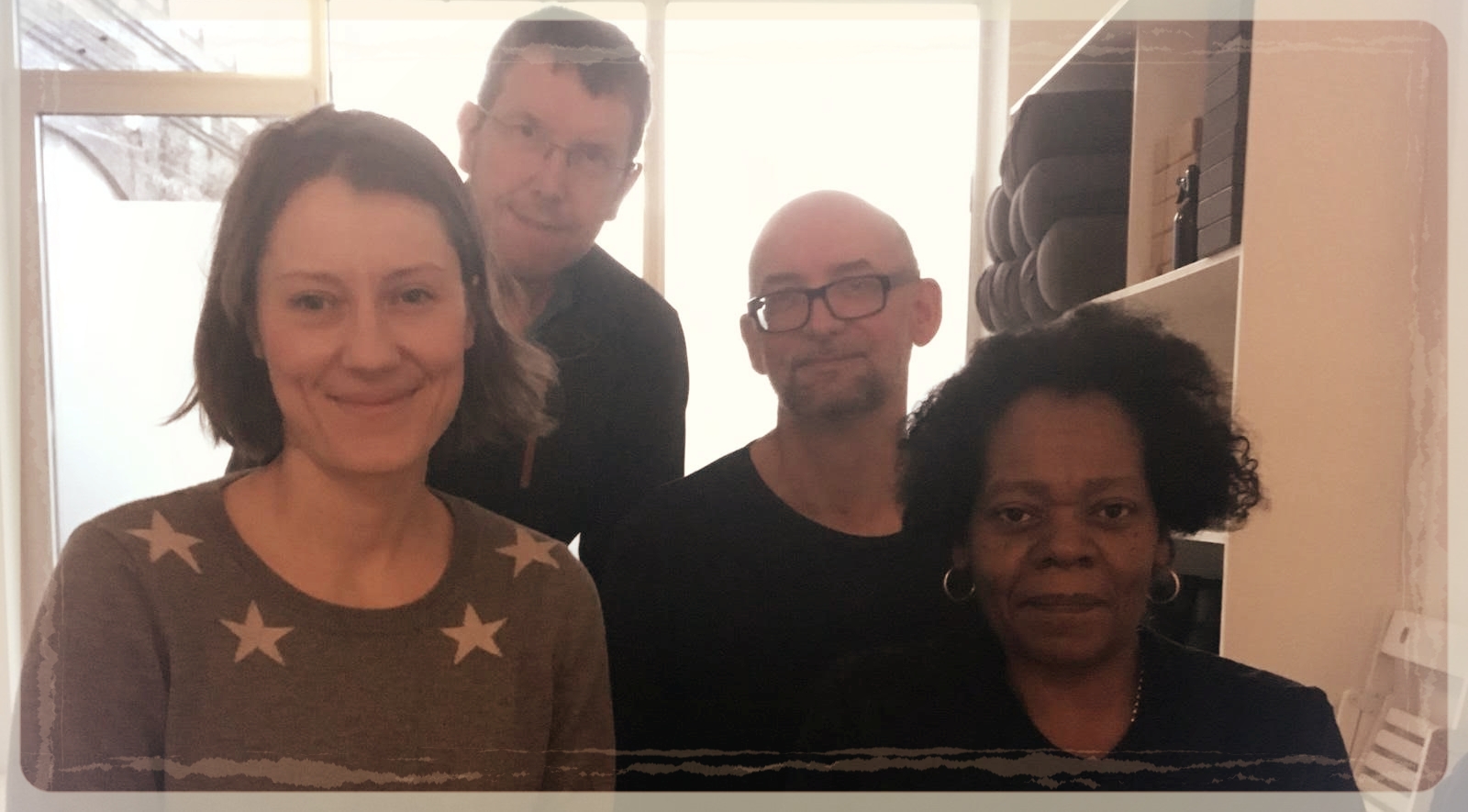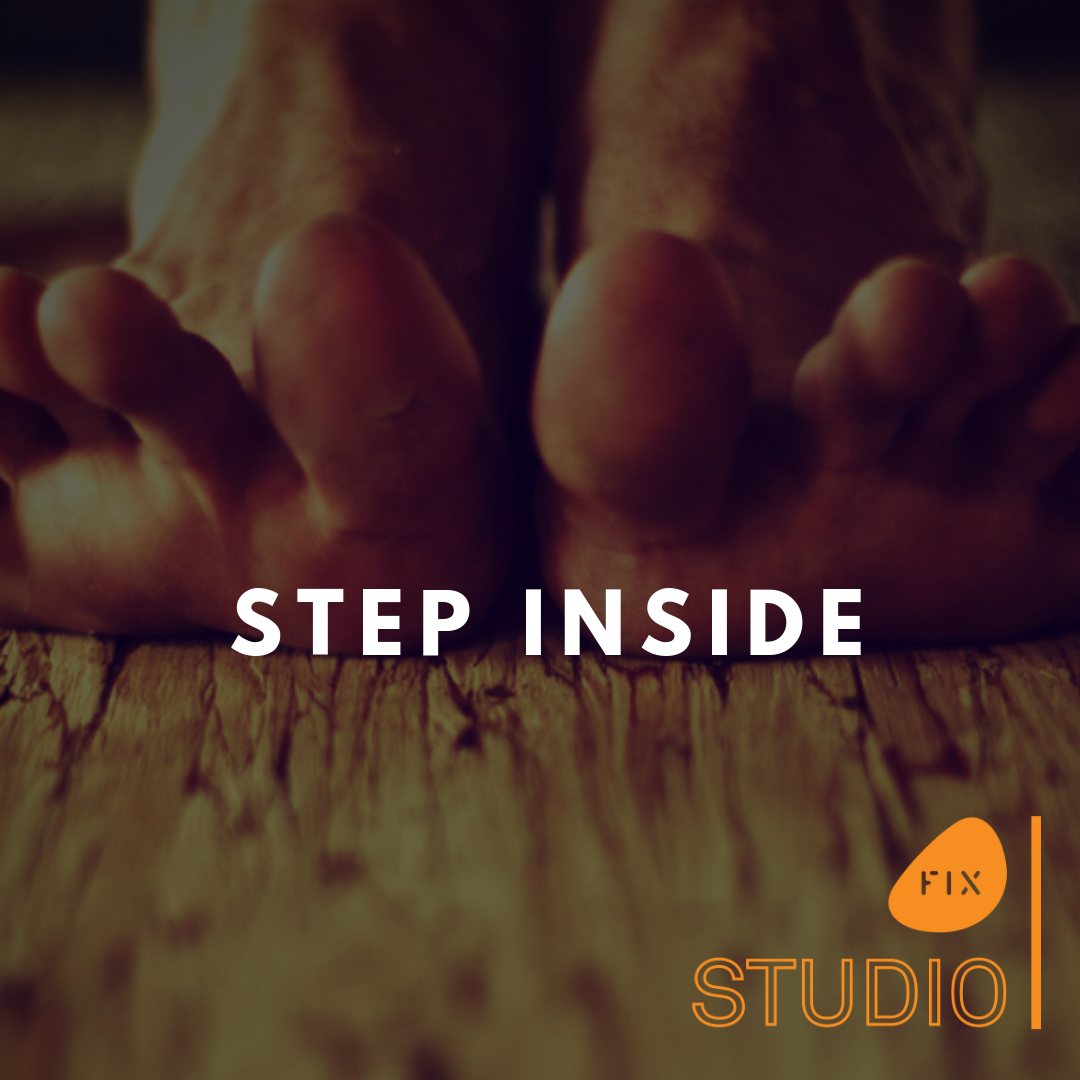What Constitutes a Fertility Complementary Therapist?
FIX Acupuncturist, Melanie Hackwell and Fertility Nutritionist, Melanie Brown share their insights on complementary fertility therapies.
Yoga for Sleep
Pelvic Floor - Debunking the myths!
We asked FIX Yoga Teacher, Bryony Hughes to debunk some myths about the Pelvic Floor!
•Myth #1
-Pelvic floor exercises are only for women.
A study by Mamidi & Gupta (2013) found that the regular practice of Mula bandha (a yoga practise that involves engaging the pelvic floor) for 3 weeks improved ejaculatory control in men experiencing premature ejaculation.
Pelvic floor exercises are also beneficial for men experiencing urinary incontinence and undergoing treatment for benign prostate hyperplasia (BPH) or prostate cancer.
•Myth #2
-After having a baby, you must work your pelvic floor as much as possible.
Many women fear urinary incontinence and uterine prolapse after having a baby. As a result, they work hard on their pelvic floor exercises. While the pelvic floor is likely to be weaker after having a baby, there can be too much of a good thing!
One common mistake is to over engage the pelvic floor muscles. This can lead to spasm, muscle fatigue and pain. Learning to relax & release the muscles fully is as important when rebuilding strength in your pelvic floor.
In postnatal yoga, we use the breath to engage the core muscles and the pelvic floor as one unit. This offers an opportunity to work with the body as a whole and helps to avoid overworking the pelvic floor.
If you are uncertain about your pelvic floor technique, a women’s health specialist physio, like FIX's very own, Niamh Burn can help you out.
Yoga for MS, Parkinson's and other Neurological Disorders
by Dr Bryony Hughes, yoga teacher at Fix Studio
Earlier this year, I was invited to teach yoga to a small group of students with Parkinson's Disease. With my background in medicine and a passion for making yoga accessible to everyone, I jumped at this opportunity. It was been wonderful sharing the practice of yoga with this group. Each week, I learn something new about how the condition impacts on my students' lives, and together we explore how different practices can help them manage their symptoms. Since moving the class to Fix Studio, I am now looking to expand the class to include students with multiple sclerosis and other progressive neurological conditions.
What are the benefits of yoga?
Practising yoga and mindfulness can give people a sense of control over their body and mind. In Parkinson’s Disease (PD), the uncertainty over how symptoms will change over time can be challenging. Changing how the body feels through breathing and movement practices can give back a sense of self-efficacy.
Postural instability is a hallmark of PD. Yoga improves balance through standing poses (as well as the more advanced arm balances and inversions). Balance poses are modified to the individual with support from a wall or a chair as needed. Practising balance within the safe and supported class environment can help address a fear of falls. Yoga postures help to develop strength, specifically in the lower body, spinal extensors and the core muscles. This is beneficial for postural stability and functional mobility.
Those with PD may face difficulty initiating and controlling voluntary movement such as standing up, walking and sitting down. Yoga involves bringing awareness and attention to movements that automatic in everyday life. It is thought this form of ‘attention retraining’ may help improve functional movement.
Studies have shown a regular yoga practice can improve flexibility and range of motion in the shoulders, hips and spine. This supports people with PD achieving a more upright posture and addressing rigidity.
Yoga can be beneficial for mood and sleep. The practice triggers the ‘relaxation response’, increasing vagal tone and enhancing output from the parasympathetic nervous system. This can alleviate anxiety as well as equipping people to manage stressful situations in everyday life. Improving mood can also be beneficial for motor symptoms. Research has shown that mindfulness can also alleviate low mood and help to manage stress. For those with PD, learning to be present can help with acceptance of a diagnosis as well as living with the daily challenges of the disease.
Studies have shown that the practice of ‘yoga nidra’ is associated with a short-term increase in dopamine levels (Kjaer TW et al, 2002). This suggests that it may be beneficial for those with Parkinson’s Disease where dopamine levels are low.
Attendees during one Bryony’s classes. The use of chairs and props, plus careful programming help make the sessions accessible and safe to all levels.
What to expect from the class?
This is a class specifically for those living with Multiple Sclerosis, Parkinson’s disease and other progressive neurological conditions. It is accessible for different mobilities - Some students use the floor to practice, but the class can also be practised entirely from a chair. Through breath work, physical postures and deep relaxation, the class aims to give inner calm and stillness as well as to help manage symptoms and side effects of medications. It is a safe and supported space to practice yoga and explore what it can do for you.
In the class, you can expect:
To be treated as an individual. Recognising that conditions affect each person differently, the yoga practice will be adapted to your needs on that day.
To feel part of a community. By attending a class, you can meet other people who share some similar challenges and get support from being part of a group. During the class, we practice in silence, but there is an opportunity for discussion at the end.
To begin with relaxation. This may involve a guided body scan meditation, breathing exercises or visualisation. Relaxing can help reduce motor symptoms and allow you to get more from the physical practice.
To learn physical poses (or asana). Yoga postures help develop strength, flexibility and balance. Every pose is modified to the ability of the individual with the use of the wall, chairs and/or blocks for support.
To link movement with the breath. Simple movements are practised with the breath, moving in and out of postures as you breath. It can be easier to control movement in flow rather than longer holds.
To practice mindfulness. Throughout the class, you will be guided on being aware of body sensations and keeping your attention on the present moment. The practice of yoga encourages acceptance, non-judgement and compassion for yourself.
To end with guided relaxation or yoga nidra. Yoga nidra is a deep relaxation practice. This meditative state has been shown to have many benefits for brain function.
Happy Yogis! With class teacher Dr Bryony Hughes.
Yoga for MS, Parkinson's Disease and other Neurological Conditions is on Fridays 11am-12pm at Fix Studio, London Fields. For more information, please do get in touch by email (hughes.bryony@gmail.com), I am always happy to answer any questions about the class before you attend.
You can book online here, or check out Bryony’s bio for more details.
MOVE MORE... FIX STUDIO OPENS IN LONDON FIELDS OCTOBER 2018
FIX STUDIO is now open for group classes, workshops, teacher trainings and 1:1 movement sessions.
Nestled just next to our London Fields clinic, FIX STUDIO will offer a safe and accessible space for the highest quality, clinically informed yoga, Pilates and movement therapies.
We’ve put together some thoroughly tempting opening offers to whet your appetite this Autumn. These will only stick around until the end of the year, so…
Any first yoga class £5
Unlimited two weeks £25
10-Class Pass £80
Drop in (45min/60min/75min/90min) £8/£10/£11/£12
We’re really excited about bringing you workshops, teacher trainings and courses in the coming weeks and months.
Hope to see you there soon….
Practitioner Spotlight: Laura Jessett Massage Therapist and Yogi
Practitioner Spotlight: Laura Jessett Massage Therapist and Yogi.
Hi Laura, tell us about your massage and yoga training, where did you train?
I completed an 18 month yoga training with Yoga Campus, London and then trained for my btec level 5 sports and remedial massage with NLSSM.


















